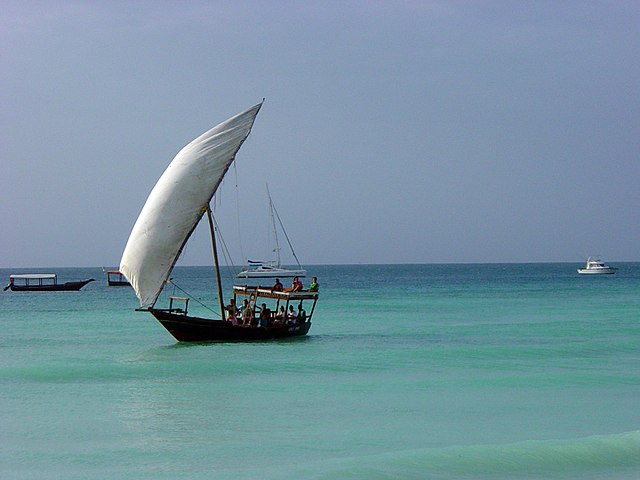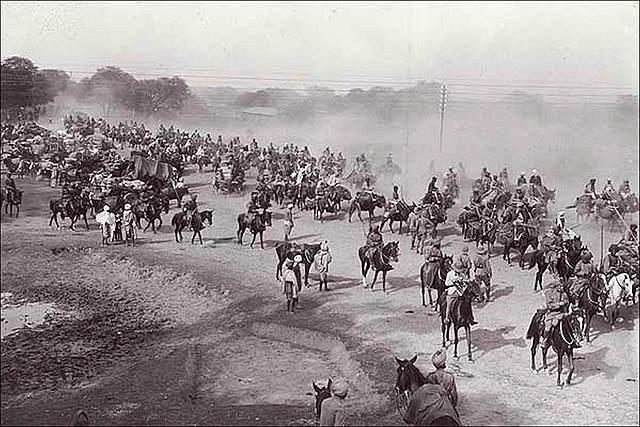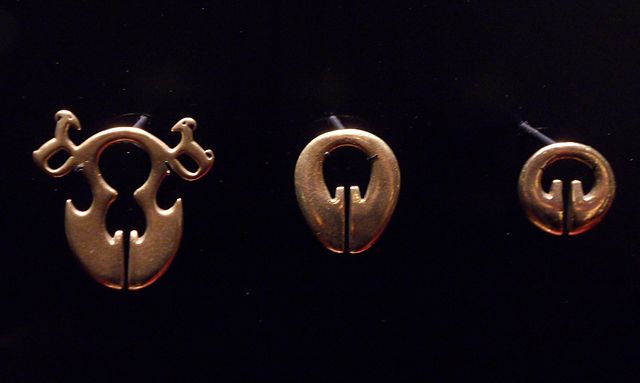The incense trade route was an ancient network of major land and sea trading routes linking the Mediterranean world with eastern and southern sources of incense, spices and other luxury goods, stretching from Mediterranean ports across the Levant and Egypt through Northeastern Africa and Arabia to India and beyond. These routes collectively served as channels for the trading of goods such as Arabian frankincense and myrrh; Indian spices, precious stones, pearls, ebony, silk and fine textiles; and from the Horn of Africa, rare woods, feathers, animal skins, Somali frankincense, gold, and slaves. The incense land trade from South Arabia to the Mediterranean flourished between roughly the 3rd century BC and the 2nd century AD.
Satellite view of the red sea and adjacent lands, the incense trade, connecting Egypt to the incense-producing lands, depended heavily on navigation along the Red Sea.
Desert cities in the Negev, such as Shivta, were linked to the Mediterranean end of the ancient incense and spice trading routes.
Tiglath-Pileser III attacked Gaza in order to control trade along the Incense Route.
Ruins of Avdat
A trade route is a logistical network identified as a series of pathways and stoppages used for the commercial transport of cargo. The term can also be used to refer to trade over bodies of water. Allowing goods to reach distant markets, a single trade route contains long-distance arteries, which may further be connected to smaller networks of commercial and noncommercial transportation routes. Among notable trade routes was the Amber Road, which served as a dependable network for long-distance trade. Maritime trade along the Spice Route became prominent during the Middle Ages, when nations resorted to military means for control of this influential route. During the Middle Ages, organizations such as the Hanseatic League, aimed at protecting interests of the merchants and trade became increasingly prominent.
A Javanese jong, a large Javanese vessel from the 11th−17th century. Shown with the characteristic tanja sail of Southeast Asian Austronesians.
Much of the Radhanites' Indian Ocean trade would have depended on coastal cargo-ships such as this dhow.
For centuries, the Grand Trunk Road has served as the main artery for travel across Northern India. A scene from the Ambala cantonment during the days of the British Raj.
Lingling-o designs from the Philippines.








